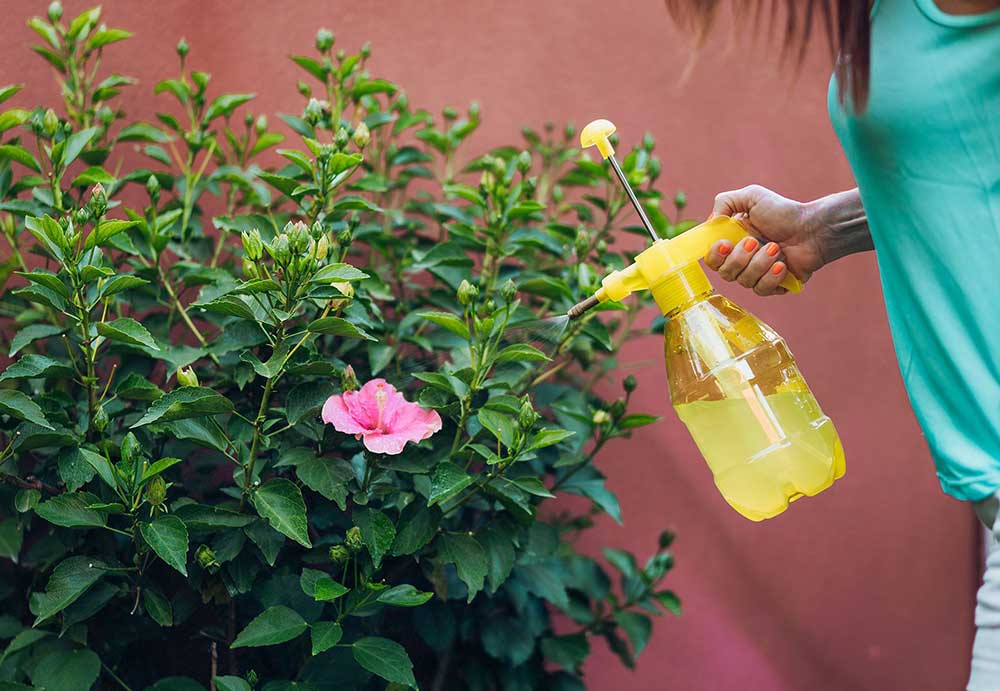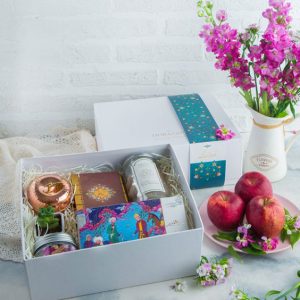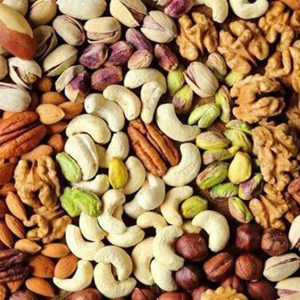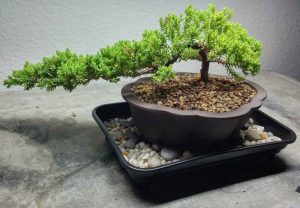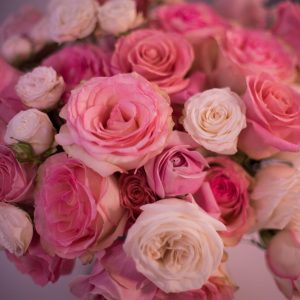Misting is the act of temporarily increasing the humidity around the plant using water in the form of small drops. When it comes to sprinklers, having a good understanding of what sprinklers do and how plants use the tiny water droplets will help us provide the right conditions for our plants. In this article, we will examine the best time to spray plants. Plants actually use only a very small amount of water to transport nutrients and minerals as well as photosynthesis. The rest of the water (about 95%) is lost through transpiration through stomata on the underside of the leaf.
The right time to spray plants
It varies depending on the time of year and how dry the air is in your space. Better, mist at least a few times a week; But daily misting is also not harmful. The best time to mist houseplants is in the morning before the sun rises in the sky, usually between 7 and 9 am. Evening after 5 pm is also a good time for fogging. If you spray during the hottest and brightest part of the day, the water may evaporate from the leaves before it is properly absorbed by the plant. It is also during these times that the leaves of the plant absorb the most; Because the openings on the leaves are open to catch morning dew and evening mist.
Benefits of spraying plants
As it was said, you got to know the right time to spray plants. A plant leaf contains various openings, plant cells and transport systems. Their dusting is effective in producing and transporting food for the plant, to maintain healthy growth, and can bring benefits such as cooling, watering the plant through moisture, and cleaning the leaves.
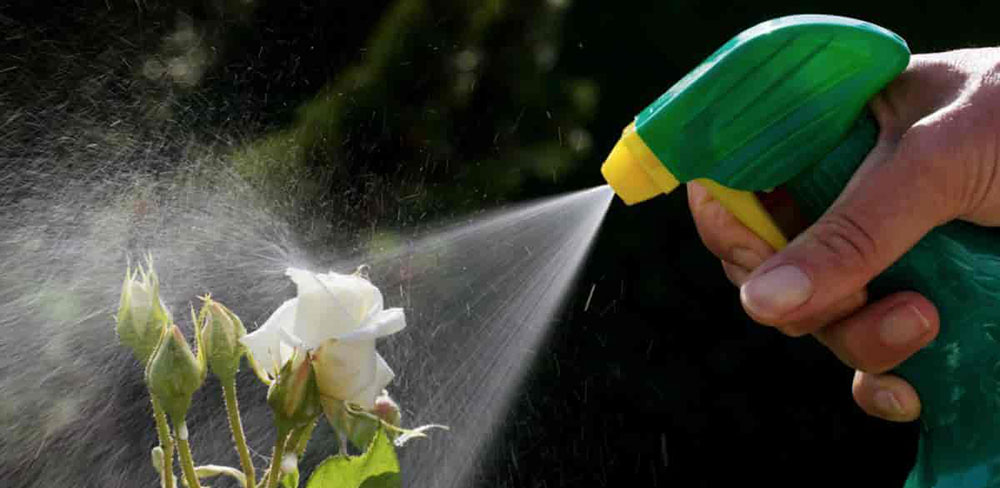
Cooling the plant
As water evaporates from the surface of the leaf, the water provides a way for the plant to cool down. Cooling occurs when water changes its state from liquid to vapor. This cooling effect spreads to the entire plant through the movement of fluids in the xylem and phloem throughout the plant. Therefore, misting on hot days is very important to reduce plant stress caused by heat.
Increase the humidity of the plant
Misting increases the humidity around the plant. Although some argue that this is short-lived. The overall effect of moisture around the plant is to allow water to be absorbed by the plant. On average, tropical plants in their natural environment are exposed to 88% humidity; While average houseplants need humidity between 30 and 40%. Indoor humidity can be affected by other factors such as seasonal conditions, wind and devices such as air conditioning, radiators and fans. By placing plants together at home, you can increase the humidity around them.
No dusting for some plants
Do not mist plants with dark leaves such as African violets and Tolmiea; Because water on their leaves leads to permanent spotting. Here you can fill a tray with gravel and fill it with water. Place the plant on it and make sure that the water does not reach the pot. Also, don’t mist plants that don’t need a lot of moisture, such as succulents, dragon tree (Draceana marginata), ficus, yucca, pothos, Beaucarnea recurvata, cissus and spider plants. Also, avoid dusting plants with hairy leaves. Of course, you should be careful not to overwater even plants that love to be sprayed; Because overwatering, which is the most common cause of plant death, can create a moldy layer and stop root growth.
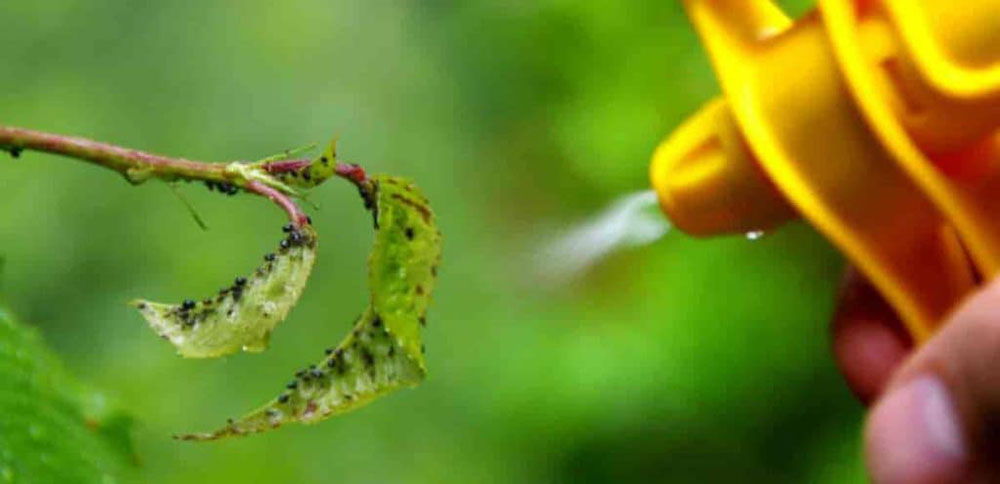
The steps of dusting plants
Misting your indoor plants is a very simple process. In fact, all you need is the following:
- A spray bottle of lukewarm water: Some people say it’s best to use distilled water to mist your houseplants, but this is really only a major problem if you live in an area with hard tap water or other additives. If you’re really worried, leave your tap water for 24 hours to help flush out the chlorine etc.
- Spray your plants lightly on both the top and bottom of the leaves. The goal is to make them look like a good morning dew.
- Place your misted plants away from anything that can dry out too quickly, such as a window, heater, or air conditioner.
Conclusion
Although misting is a good way to provide water for plants, it should be done routinely to prevent any disease. Misting provides a temporary water stabilization for plants; Because if there is low humidity, water can evaporate quickly from the leaves. Therefore, if you leave your plant for more than a day before misting again, in addition to watering the soil, misting should also be done. Soil water doesn’t evaporate as quickly, providing steady moisture until you can water again. For more information, read articles including 10 romantic surprise ideas for the your love and Benefits of flowers and plants at home in the Shahrekado store.

